Visit Tasmania to taste Australia’s finest sparkling wine, Riesling, Chardonnay and Pinot Noir and to hike in a vast wilderness. Rain forest, waterfalls and river gorges are accessible on day hikes from Cradle Mountain Lodge. Plus: Day-by-day guide
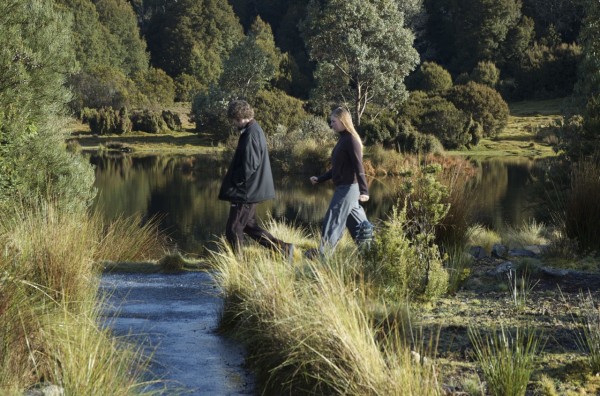
At a cafe with friends in Sydney, a bottle of Jansz Tasmania Premium Cuvée sparked an impromptu visit to Australia’s southernmost state. I hadn’t yet felt the rain of Tasmania, but I knew how it tasted. Tasmania’s pristine conditions provide some of the world’s best food and wine. Other pleasures are just as compelling. River gorges and glacial tarns would soon become fixed in my sensory subconscious. The rugged beauty of the island’s ancient rain forests will win you over, too.
Northern Tasmanian Wine Route
The northern wine route begins in Launceston, where lichen thrives in air so pure it grows on sidewalks. Tasmania’s remarkably pure air and water contribute to the uniqueness of the grapes growing plump in the October sunshine.
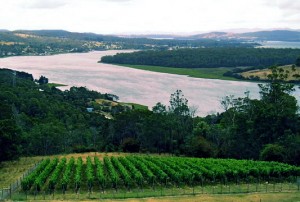
The dazzle of springtime (September to November) doesn’t compete with Tasmania’s sparkling wines. The Jansz Tasmania wine room offers complex sparkling wines, bright gold in color with a creamy texture and notes of truffles, brioche, honeysuckle and sea spray. Heemskerk Vineyards and Champagne house Louis Roederer launched the winery in 1985, recognizing Tamar Valley’s potential for sparkling wine. The current owners, the Hill Smith family, honor the environment’s virtues by naming their wine-making Méthode Tasmanoise®.
The winemakers at Pirie Estate were the first to discover and bottle the alchemy of air, water, soil and cool-climate grapes in northern Tasmania. Andrew Pirie’s 30 consecutive vintages placed him among Australia’s elite winemakers. His experimental years at Pipers Brook Vineyard culminated in Pirie Tasmania.
Pirie Estate’s handcrafted wines line the shelves at Rosevears Vineyard’s Cellar Door. As the rich, intense Pinot Noir lingers in your nose and mouth, notice how well they match the smells wafting from Tanya White’s kitchen. The dishes the chef prepares at Rosevears Bistro are inspired by Pirie wine. On the October menu, she paired a 2008 Pirie Tasmania Chardonnay with rainbow trout, baked leeks and ruby chard.
Next on the wine route, Tamar Ridge ranks as one of Australia’s finest wine producers of sauvignon blanc, riesling, chardonnay and pinot noir. Decanter Magazine named Tamar Ridge’s Sauvignon Blanc the best of its type in the world. The Cellar Door is on the western banks of the Tamar River.
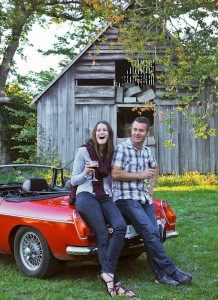
In Rosevears, see what Tasmania’s leading chef is cooking up. An avenue of century-old oaks marks the entrance to Daniel Alps at Strathlynn. The restaurant is set amid the Ninth Island Vineyard. Daniel Alps develops his menu from the area’s freshest produce. Stop in the gift shop after dinner.
Cradle Mountain
Anyone who comes to Tasmania discovers a hiker’s highway runs through it. The Overland Track, one of the world’s most revered walks, shows nature at its most pristine and primordial.
On the winding route to Cradle Mountain National Park, verdant farmlands give way to dense forests and frothing rivers. At Cradle Mountain Lodge wood-smoke tinges the night air. Private cabins lay somewhere in the wilderness, or so it seemed to me and my friends in the twilight. The King Billy cabin is welcoming and warm with a double-sided wood fireplace, king-size bed and oversized bathroom.
The wilderness is no less intimidating in the daylight. Trails and boardwalks wind around Lodge Lake, Pencil Pine River and a myrtle forest. This mossy green world exposes nature at its most hyperactive. The walkway regains the light at the sonorous Pencil Pine waterfall. Beyond is Cradle Mountain National Park.
This primordial eden continues for miles from a dozen trailheads. The frequent change of scenery is a sensory rush. One trail leads alongside a river gorge and up a staircase where water races at such speed that hikers cheer the blast. Other trails lead through dark, mossy rainforest and across boardwalks through open moorland.
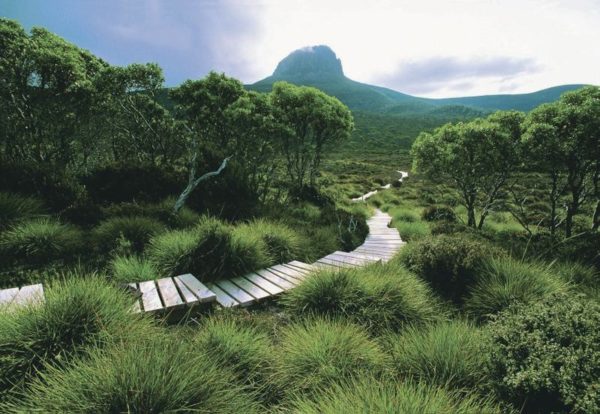
The craggy profile of Cradle Mountain, the island’s best-known landmark, comes into view above Dove Lake.
The Moment
Our hike was particularly memorable. Cradle Mountain stood in sunlight for a few seconds then disappeared behind a sheet of rain. The force for the downpour turned the trail into a rivulet then a rushing stream, forcing us into a splashing retreat. In the bus shelter, I pried off my rain boots and wrung out my socks, soaked to the skin.
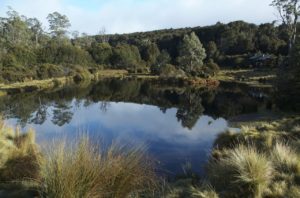
In the evening the dining room is filled with rosy faces, aglow from both the vigorous activity and the vagaries of the weather. The menu will spoil your taste buds for food grown in pristine conditions. Tasmania’s clean air, unpolluted water and rich soils produce mouth-watering lobster, Atlantic salmon, fresh fruits, and crisp vegetables. For speciality cheeses, try Ashgrove cheese or Bruny Island cheese. Chocolate fondue, made with Anvers chocolate, is another Tasmanian treat to share with your table mates.

The only sound that startles us out of our benign after-dinner reverie is the ruckus coming from a tree overhead. It turns out to be an enormous possum, curled up in the crook of a myrtle tree, snoring like a lumberjack.
Animals emerge for nighttime mischief. Wallabies and wombats pause between mouthfuls of button grass. Lucky for the critters, no devils appear. A marsupial the size of a small dog, the Tasmanian devil has a bite as strong as a crocodile’s. The noise it makes at feeding time gives away its presence.
You can probably guess that, although my trip began with an appreciation for Tasmania’s wines, it was eclipsed by the island’s fabled interior. This island possesses a mystique that is worth investigating.
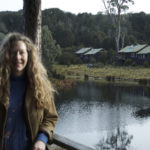
Author Donna Peck toured northern Tasmania on a four-day trip with friends. A large possum grunted and snored in the king billy pine tree outside their cabin, but after hiking ten miles a day in Cradle Mountain Park, they slept through the noise.
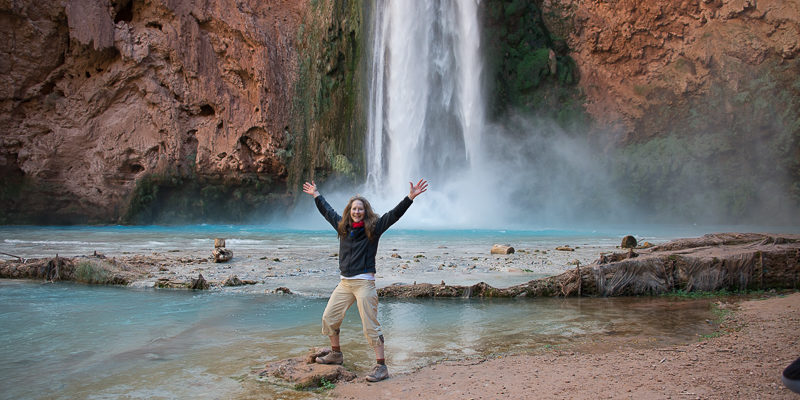
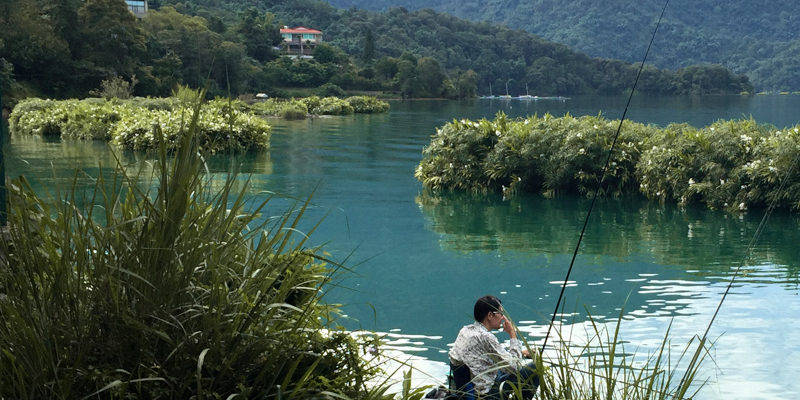


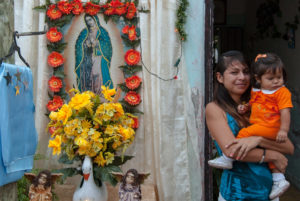
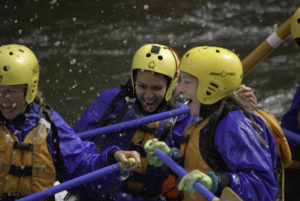
Leave a Reply